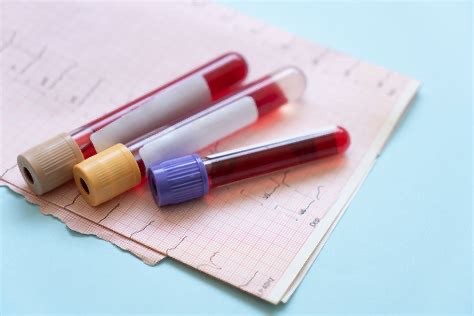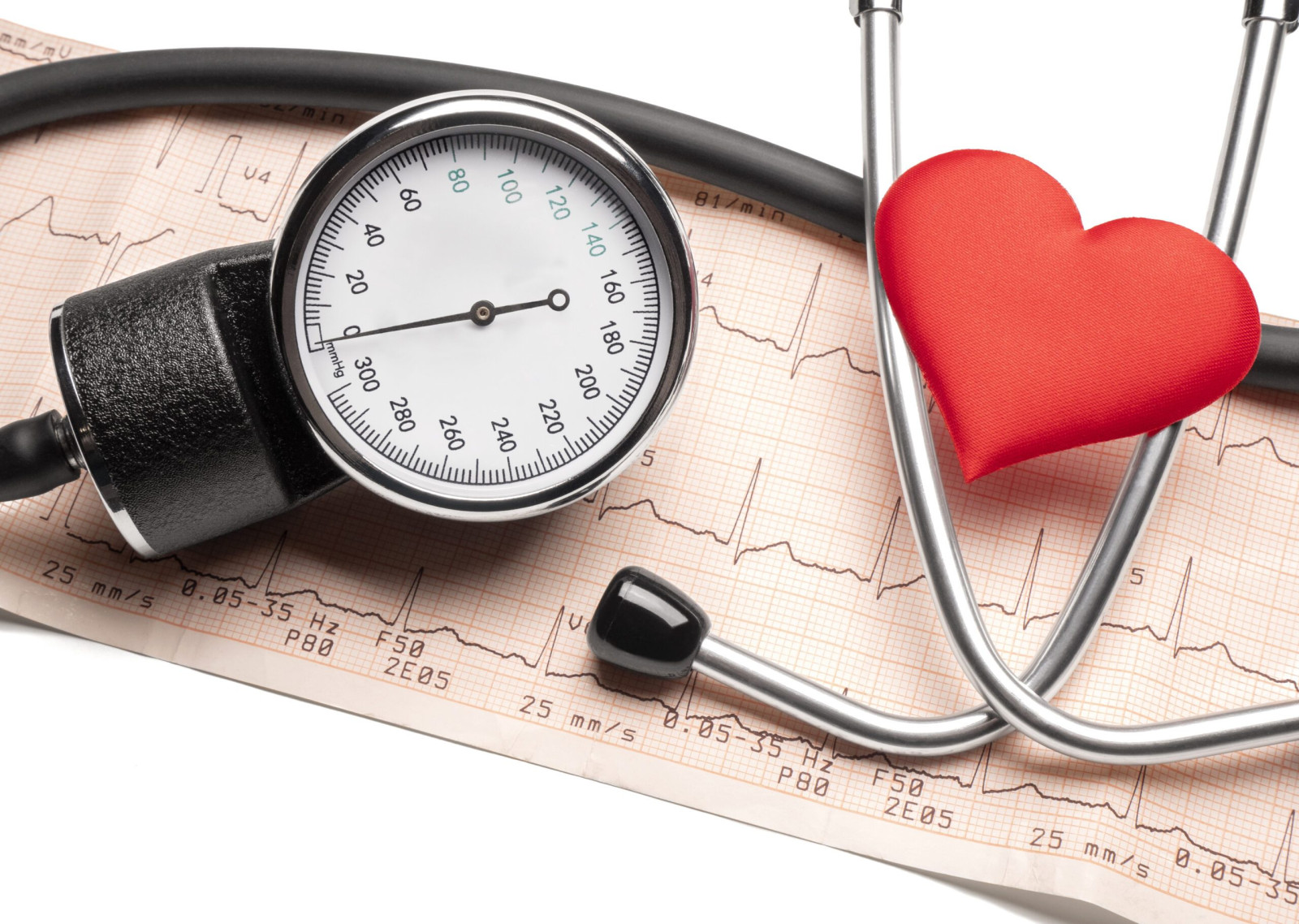
How Long Does it Take for Blood Pressure to Go Down?
Blood pressure is one of the most crucial measures of a person's overall health. It's the pressure that your blood exerts on the walls of your arteries, and if this pressure stays high for too long, it can cause significant damage to your cardiovascular system. So, if you've been diagnosed with high blood pressure, you're probably wondering how long it takes for your blood pressure to go down. In this blog post, we'll discuss this topic in detail and cover everything you need to know.
Factors That Affect Blood Pressure:
It's essential to understand that blood pressure is not fixed and can change throughout the day. The two most common measurements of blood pressure are systolic and diastolic blood pressure. Systolic blood pressure measures the pressure when the heart contracts, whereas diastolic blood pressure measures the pressure when the heart rests between beats. Several factors can affect blood pressure, including stress, exercise, diet, medications, and age.
How Long Does it Take for Blood Pressure to Go Down?
There's no straightforward answer to this question because the time it takes for your blood pressure to go down depends on various factors, such as the severity of your condition, your age, and your overall health. However, in general, you can expect to see a slight reduction in your blood pressure within a few weeks of starting medication. It would help if you continued taking the medication as prescribed by your doctor to achieve optimal results.
Lifestyle Changes to Lower Blood Pressure:
Apart from medication, making a few lifestyle changes can also help reduce your blood pressure. These changes include exercising regularly, following a healthy diet, reducing salt intake, managing stress, quitting smoking, and limiting alcohol consumption. These lifestyle changes can take longer to reduce your blood pressure than medication, but they can have significant long-term benefits.
When to Seek Medical Attention:
If you're taking medication or making lifestyle changes to reduce your blood pressure and you're not seeing any improvement after a few weeks, you must seek medical attention. Your healthcare provider may recommend adjusting your medication dose or prescribing a new medication to help lower your blood pressure. They may also suggest additional tests to rule out any underlying health conditions that may be contributing to your high blood pressure.
Keeping Track of Your Blood Pressure:
No matter what steps you take to reduce your blood pressure, it's essential to keep track of your blood pressure readings. Your doctor may recommend that you check your blood pressure at home using a blood pressure cuff. This way, you can monitor your progress and make any necessary adjustments to your treatment plan. Remember that having high blood pressure is a chronic condition that requires ongoing management, so it's essential to work closely with your healthcare provider to keep it under control.
In conclusion, how long it takes for blood pressure to go down depends on several factors such as your age, health, medication, and lifestyle changes. It's crucial to make lifestyle changes and take medications as prescribed by your healthcare provider to manage high blood pressure successfully. Remember to keep track of your blood pressure readings regularly and seek medical attention if you're not seeing any improvement in your condition. With consistent effort and monitoring, you can keep your blood pressure under control and enjoy good heart health for years to come.
Here’s the link to what I use to support healthy heart function.
Get my free guide “Anti _Inflammatory Guide - foods to avoid, foods to enjoy!”
Ask me about the 11 day jumpstart to lose 7-15 lbs in 11 days and reduce inflammation.
#paidlinks
Disclaimer: The information in this article is for educational purposes only and should not be considered medical advice. Please consult with a healthcare professional before making any changes to your diet or lifestyle.
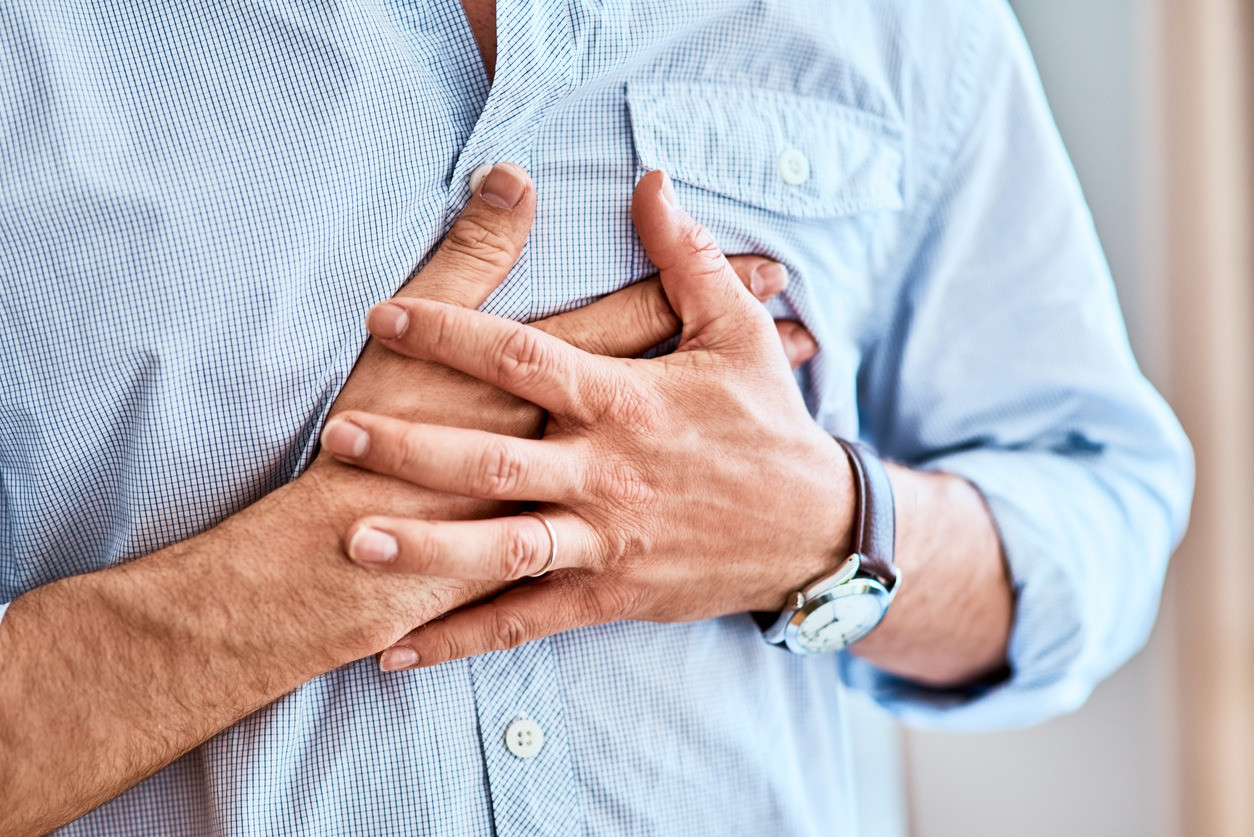
Understanding Coronary Heart Disease: Does it Always Require Surgery?
Coronary Heart Disease (CHD) has become one of the leading causes of death in the world. It is a condition where the heart's arteries become hardened and narrowed, limiting the flow of blood to the heart. CHD can cause chest pain, shortness of breath, heart attack, and even death. For people over 40, it is crucial to understand what CHD is and whether it necessitates surgery. In this blog post, we will discuss CHD, its symptoms, treatment, and whether surgery is necessary.
Symptoms:
The symptoms of CHD can vary from person to person. Some people experience no symptoms at all, while others experience angina (chest pain), shortness of breath, and fatigue. It is advisable to seek medical attention if you experience any of these symptoms, particularly if you are over 40 or have any risk factors for CHD, such as high blood pressure, high cholesterol, or diabetes.
Treatment:
There are several treatments for CHD. The primary goal is to reduce the risk of heart attack and stroke by improving blood flow to the heart. Treatment options include lifestyle changes, medication, and surgery. Lifestyle changes such as eating a healthy diet, exercising regularly, and quitting smoking can help reduce the risk of CHD. Medications such as statins and aspirin can help control high blood pressure, cholesterol, and prevent blood clots. Surgery is usually reserved for people with severe CHD who have failed other treatments.
Surgery:
There are three types of surgery for CHD: angioplasty, stenting, and bypass surgery. Angioplasty involves inflating a small balloon to widen an artery and restore blood flow to the heart. Stenting is a procedure in which a tiny mesh tube is inserted into an artery to keep it open. Bypass surgery is a more invasive procedure in which a surgeon takes a blood vessel from the leg or chest and uses it to create a detour around the narrowed or blocked artery. In most cases, surgery is only necessary if lifestyle changes and medication do not control the symptoms.
Coronary Heart Disease is a serious condition that requires medical attention. It can be life-threatening if not treated on time. For people over 40, it is essential to pay attention to any symptoms of CHD and seek medical help if necessary. While surgery is an option for the treatment of CHD, it is usually reserved for severe cases where other treatments have failed. By adopting a healthy lifestyle and managing risk factors, such as high blood pressure and high cholesterol, you can reduce the risk of developing CHD. Finally, it is crucial to seek advice from your healthcare provider on the best course of treatment for your individual situation.
Here’s the link to what I use to support healthy heart function.
Get my free guide “Anti _Inflammatory Guide - foods to avoid, foods to enjoy!”
Ask me about the 11 day jumpstart to lose 7-15 lbs in 11 days and reduce inflammation.
#paidlinks
Disclaimer: The information in this article is for educational purposes only and should not be considered medical advice. Please consult with a healthcare professional before making any changes to your diet or lifestyle.
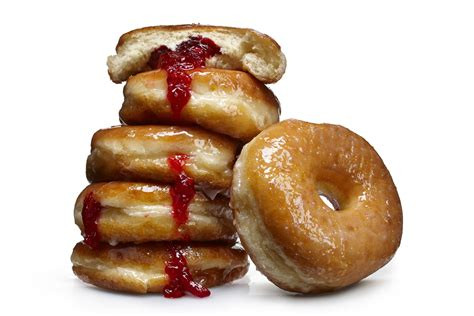
Does High Cholesterol Make You Tired?
Cholesterol is an essential substance in our body that provides support for cell membranes, nerve coverings, and aids in digestion. Cholesterol also contributes to the production of hormones such as testosterone and estrogen. However, having high levels of cholesterol in the blood can lead to a range of health issues, including heart disease and hypertension. Recent studies have also shown that high cholesterol levels have a direct impact on our energy levels, causing fatigue and tiredness. In this blog post, we will explore the link between high cholesterol and tiredness, and provide insights on how to manage cholesterol levels for optimal health.
High cholesterol levels lead to the buildup of fatty deposits in the arteries, which causes the heart to work harder to supply oxygen-rich blood to the body. As a result, individuals with high cholesterol levels often experience tiredness or fatigue, especially during physical activities, when the heart needs to work even harder to supply oxygen to the muscles.
Research has shown that fatigue is a common symptom among individuals with high cholesterol levels. A study published in the Journal of the American College of Cardiology found that patients with higher cholesterol levels had a 30% higher risk of experiencing fatigue compared to those with lower cholesterol levels. This highlights the importance of monitoring your cholesterol levels and actively managing them to reduce the risk of fatigue and other health issues.
Furthermore, high cholesterol levels can also lead to nutrient deficiencies that affect energy levels. Foods high in cholesterol, such as red meat and dairy products, are also high in saturated fats, which can interfere with the absorption of important nutrients such as B vitamins, magnesium, and iron. A deficiency in these nutrients can lead to fatigue and tiredness. Therefore, it is important to incorporate a balanced diet that is rich in nutrients to prevent deficiencies and reduce the risk of fatigue.
Maintaining a healthy weight and exercising regularly is another way to manage cholesterol levels and prevent fatigue. Excess weight can lead to higher cholesterol levels, which contribute to fatigue. Regular physical activity can help improve cholesterol levels by increasing the level of good cholesterol (HDL) and reducing triglycerides, one of the key components of cholesterol. Additionally, exercise can improve overall energy levels by increasing the flow of oxygen and nutrients to the muscles.
When it comes to high cholesterol, tiredness and fatigue are a common symptom that should not be ignored. Managing cholesterol levels through a balanced diet, regular exercise, and proper medical care can help reduce the risk of fatigue and other health issues related to high cholesterol levels. It's essential to prioritize our health and take steps to keep our cholesterol levels in check to ensure we live a healthy and active lifestyle. Don't wait until it's too late - take steps today to keep your cholesterol in check and enjoy a more energetic and fulfilling life.
Here’s the link to what I use to support healthy heart function.
Get my free guide “Anti _Inflammatory Guide - foods to avoid, foods to enjoy!”
Ask me about the 11 day jumpstart to lose 7-15 lbs in 11 days and reduce inflammation.
#paidlinks
Disclaimer: The information in this article is for educational purposes only and should not be considered medical advice. Please consult with a healthcare professional before making any changes to your diet or lifestyle.
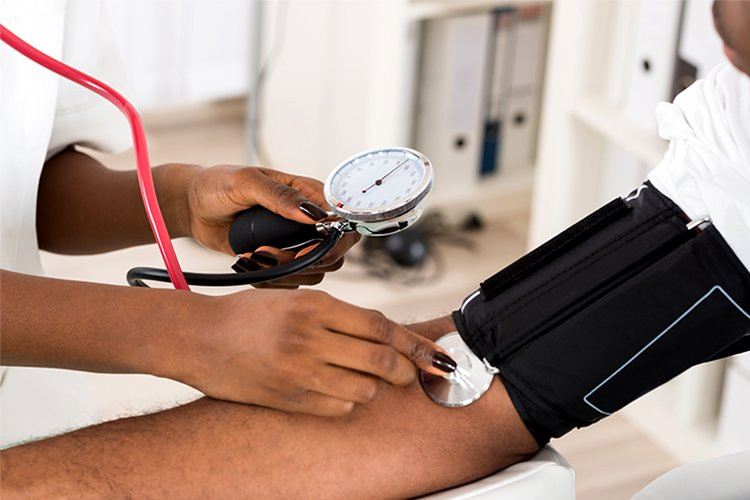
How Long Does it Take for Blood Pressure to Go Down?
If you're someone who struggles with high blood pressure, you know how frustrating it can be to monitor it regularly. Knowing how long it will take for your blood pressure to go down can help you plan your daily routine and minimize any adverse health effects that may come with high blood pressure. In this blog post, we'll discuss how long it takes for your blood pressure to go down and the factors that can impact it.
Usually, it takes about one to two hours for your blood pressure to return to normal after some physical or emotional exercise. However, it can take longer for your blood pressure to go down if you're stressed, anxious, or have a chronic condition. Hypertension is a condition that develops over time, and uncontrolled, it can lead to serious health issues, including stroke, heart attack, and kidney dysfunction. Hence, it is essential to manage it properly.
One of the long-term strategies for managing high blood pressure is maintaining a healthy lifestyle like exercising regularly, reducing salt intake, and eating a balanced diet. By consuming a diet rich in vegetables, whole grains, and lean proteins, you're not only ensuring that you're getting all the necessary nutrients, but also helping your body regulate blood pressure. While there's no guarantee that adopting a healthy lifestyle can cure your hypertension, but it can help you minimize the impact of it.
Medication can also help manage high blood pressure. Once you start taking blood pressure medication, it can take a few days to weeks to see a significant change in your blood pressure levels. Antihypertensive drugs like beta-blockers, diuretics, and angiotensin-converting enzyme (ACE) inhibitors work by relaxing the blood vessels and lowering the amount of blood your heart pumps.
Some natural supplements can also help reduce high blood pressure levels. Several studies have shown that herbs like Hawthorn, garlic, and fish oil can help improve heart health by reducing blood pressure and cholesterol.
High blood pressure can be a daunting condition to manage, and it requires a consistent effort on your part. Gaining knowledge on how long it takes for your blood pressure to go down can help you make better decisions. It is essential to work with a healthcare professional and come up with a plan that is tailored to your specific needs and conditions. Remember, blood pressure control is not a one-time event; it's a lifelong journey. Adopting healthy lifestyle habits and following the prescribed medication routine can help keep your blood pressure in check and improve your overall well-being.
Here’s the link to what I use to support healthy heart function.
Get my free guide “Anti _Inflammatory Guide - foods to avoid, foods to enjoy!”
Ask me about the 11 day jumpstart to lose 7-15 lbs in 11 days and reduce inflammation.
#paidlinks
Disclaimer: The information in this article is for educational purposes only and should not be considered medical advice. Please consult with a healthcare professional before making any changes to your diet or lifestyle.
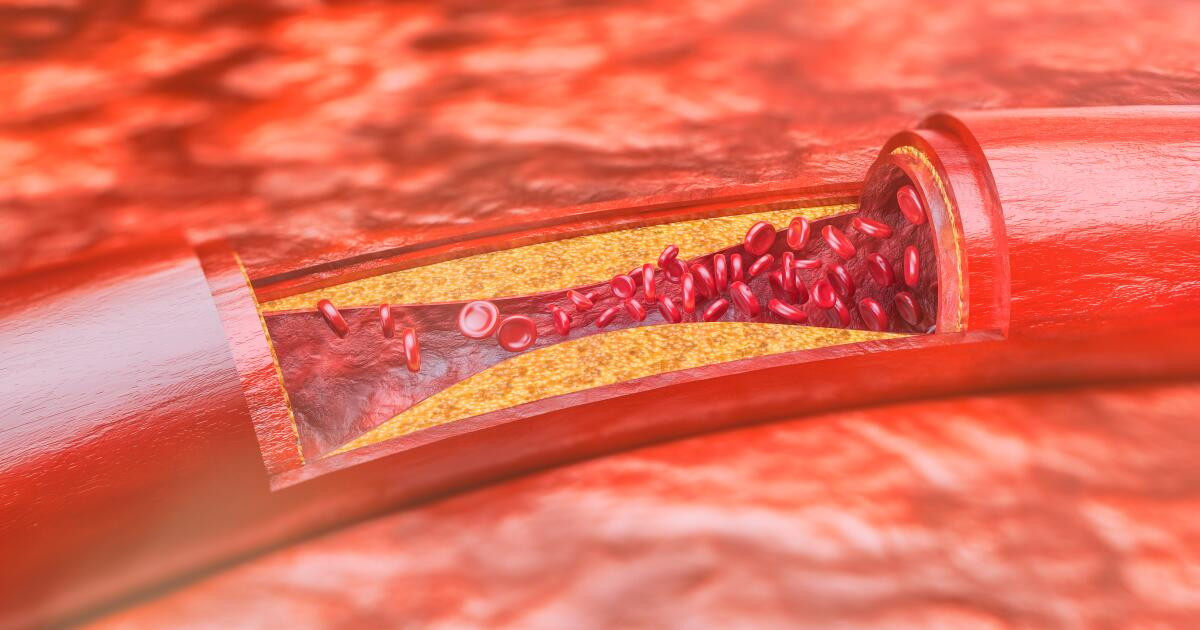
Understanding the Stages of Coronary Heart Disease
Coronary heart disease, also known as CHD, is a leading cause of mortality across the world. Characterized by the build-up of plaque on the walls of the coronary arteries, CHD can lead to chest pain, heart attack, and even death. The risk of developing CHD increases with age, so it’s important for men and women over 40 to understand the different stages of this disease. In this blog post, we’ll explore the various stages of CHD and provide tips on how to prevent or manage the condition.
Stage 1: Fatty Streaks
The first stage of CHD is the development of fatty streaks on the walls of the arteries. These streaks are made up of cells and debris that stick to the inner lining of the arteries. At this stage, there usually are no symptoms, and the person may not even be aware of the condition. However, it’s important to address this stage as it is the earliest form of CHD. At this stage, lifestyle modifications can reduce the risk factors associated with CHD, such as high blood pressure, high cholesterol, and diabetes.
Stage 2: Fibrous Plaque
This is the stage where the fatty streaks start to accumulate more cells and form a fibrous plaque. The plaque begins to harden and narrow the arteries, making it difficult for blood to flow through. Individuals at this stage may experience chest pain and shortness of breath, especially when engaging in physical activity.
Stage 3: Calcification
The third stage of CHD involves the calcification of the fibrous plaque, making it even harder. Chest pain and shortness of breath become more severe at this stage, and the risk of heart attack is significantly increased.
Stage 4: Rupture and Clot Formation
The final stage of CHD is the rupture of the fibrous plaque, which can occur suddenly, leading to a blood clot formation that blocks the artery. When the blood clot blocks the artery, the part of the heart supplied by that artery starts to die, causing a heart attack. A heart attack requires immediate medical attention, and individuals who have experienced one may need to undergo surgery or take medication to manage the condition.
Preventing and Managing CHD
The good news is that CHD is preventable and manageable. There are several lifestyle changes that can significantly reduce the risk of developing or managing CHD, such as quitting smoking, maintaining a healthy weight, exercising regularly, and eating a healthy diet. Additionally, there are medications and supplements that can help lower cholesterol, control blood pressure, and prevent clot formation.
Understanding the stages of CHD is crucial for men and women over 40 who are at risk of developing this condition. By recognizing the early signs and symptoms of CHD, individuals can take proactive measures to prevent or manage the condition. Making lifestyle modifications, taking medication, and seeking medical attention when necessary can all help reduce the risk of heart attack and improve overall heart health. By taking these steps, individuals can enjoy a healthier and more fulfilling life.
Here’s the link to what I use to support healthy heart function.
Get my free guide “Anti _Inflammatory Guide - foods to avoid, foods to enjoy!”
Ask me about the 11 day jumpstart to lose 7-15 lbs in 11 days and reduce inflammation.
#paidlinks
Disclaimer: The information in this article is for educational purposes only and should not be considered medical advice. Please consult with a healthcare professional before making any changes to your diet or lifestyle.


